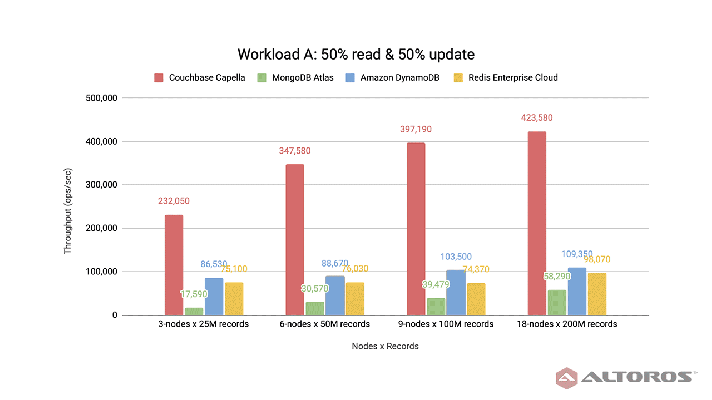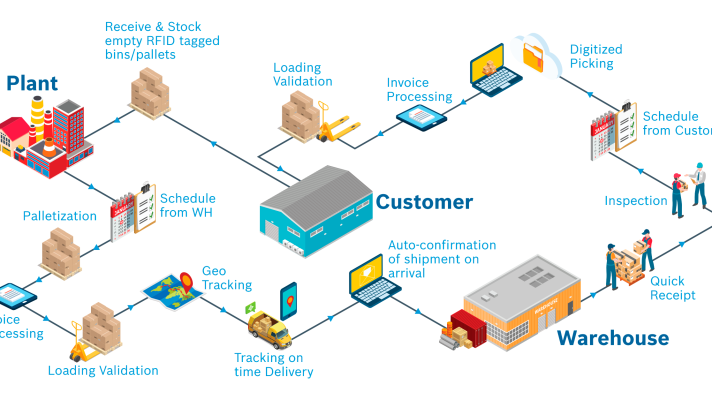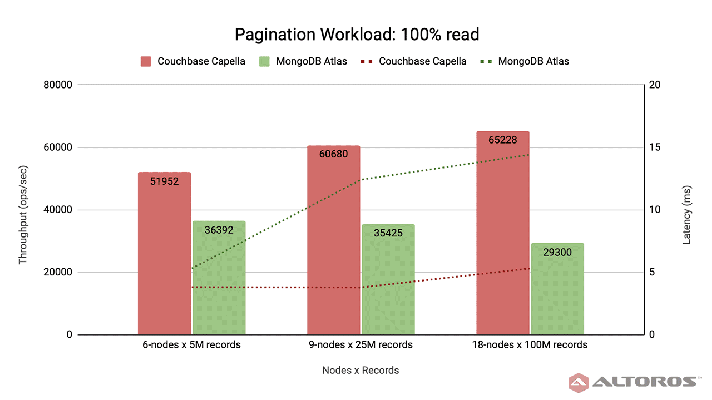The Ruby vs. Python Meetup
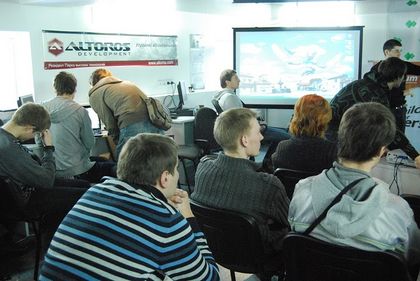
The holy war
I never understood developers and customers that willingly choose Python over Ruby. Ruby does feel like a native language to me, while everything else doesn’t. No, this doesn’t mean that I don’t like working with other technologies. Over the last year and a half, I was really inspired by my positive experience of using Erlang and JavaScript, while working on the Membase project (where Python is widely utilized). I really enjoyed doing my work, so it’s obviously possible to have fun with languages that are less well-designed than Ruby.
However, I always wanted to understand why this happens. Why do people implement other languages than Ruby so often? That is why I was excited to accept the invitation to the “Ruby vs. Python” meetup that was sponsored by our company. I chose the topic “Why Ruby Is a Brilliantly Designed Language” and wanted to summarize what makes Ruby different.
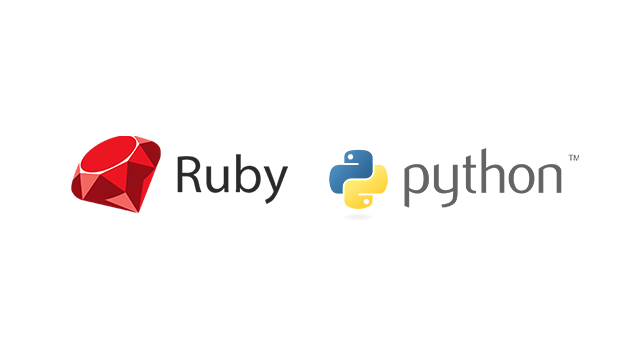
The event was very dynamic and intriguing. The speakers and attendees were split into two groups: one defended Python, while another fought for Ruby. Each group prepared presentations describing the history, community, main concepts, development features, and perspectives of their language of choice.
I was part of the group that presented Ruby. It was my first public speech in many years. My previous presentation—the defense of the diploma—was a big failure. I’m glad that this time I’ve learned some lessons and wasn’t so bad. 🙂
So, why is Ruby a brilliantly designed language?
With hindsight, it is obvious that I picked up a very hard topic. Squeezing my experience into a 15-minute speech was really tricky. While preparing for the session, I reinforced my belief that Ruby is the best-designed programming language I’ve ever used. However, when it was just one day left before the meetup, I realized that I could bring in only the most essential arguments to prove that.
- My first pro-Ruby argument was that, from the moment the language was created, there were no missing features to add and no design bugs to fix. With over 10 years of its history, Ruby remained—mostly—stable with only minor syntactic features added/tweaked.
- Second, Ruby represents all powerful object-oriented programming (OOP) features, which it adopted from Smalltalk. It is a “pure” OOP language, where everything is an object. The pureness, open classes,
method_missing, and other OOP features provide for a huge semantic power. Surprisingly, nothing game-changing was introduced to the programming language design over the last 30 years. - After that, I talked about what powerful features Ruby adds on top of the traditional form of OOP. For instance, mix-ins—a powerful alternative to multiple inheritance—is a great invention. During the presentation, I demonstrated how it makes functional programming even more natural than in LISP. Another remarkable Ruby feature worth mentioning was the ability to extend individual objects. It really makes defining “static” methods natural and can be useful in some other cases.
- I concluded with touching upon Ruby’s concise syntax. As a part of this argument, I demonstrated Ruby’s syntactical killer-feature, blocks.
Revealed pros and cons
There were some other nice discussions in between the speeches. For example, the Python group argued that its language is more widely used. However, I noted that one could resort to such argument only because of the lack of other worthy pro-language arguments.
Another controversial point was that Python is good for education and is adopted by Massachusetts Institute of Technology as the primary programming language for students. I objected that Python is not the best language to start with. I think it is wiser to begin developing your programming skills with a pure OOP language, such as Ruby, because it can build a better solid ground for object-oriented design and way of thinking.
The discussion ended up with the confessions from both sides about what sucks in their languages of choice. Python 2.6/3 incompatibility was the biggest issue that Pythonistas admitted. Ruby developers noted the lack of speed, the lack of support for real concurrency, and cumbersome multiple encodings support in Ruby 1.9. The first two negative points were well understood by Pythonistas, since they suffer from them, as well. Ruby’s incompatibility of 1.9 vs. 1.8 was also mentioned, though nobody said that the difference between these versions is far less than the difference between Python 2.6 and Python 3.
I really enjoyed attending this event and delivering a presentation there. However, it seems like everyone—including me—forgot to mention that it is hard work of human beings and their attention to detail that mostly contributes to an end result. I think that as long as the technology doesn’t actively interfere with the programmer’s job, it affects the end result very slightly. The language is merely the tool, while the developer is the master.
Further reading
- RubyGardens Graduation: Our Ruby Team Welcomes New Engineers
- The Ruby Community Is Blooming: 100+ Experts Attended a Local User Group
- A Gaming Bots Constest at a RoR Meetup





